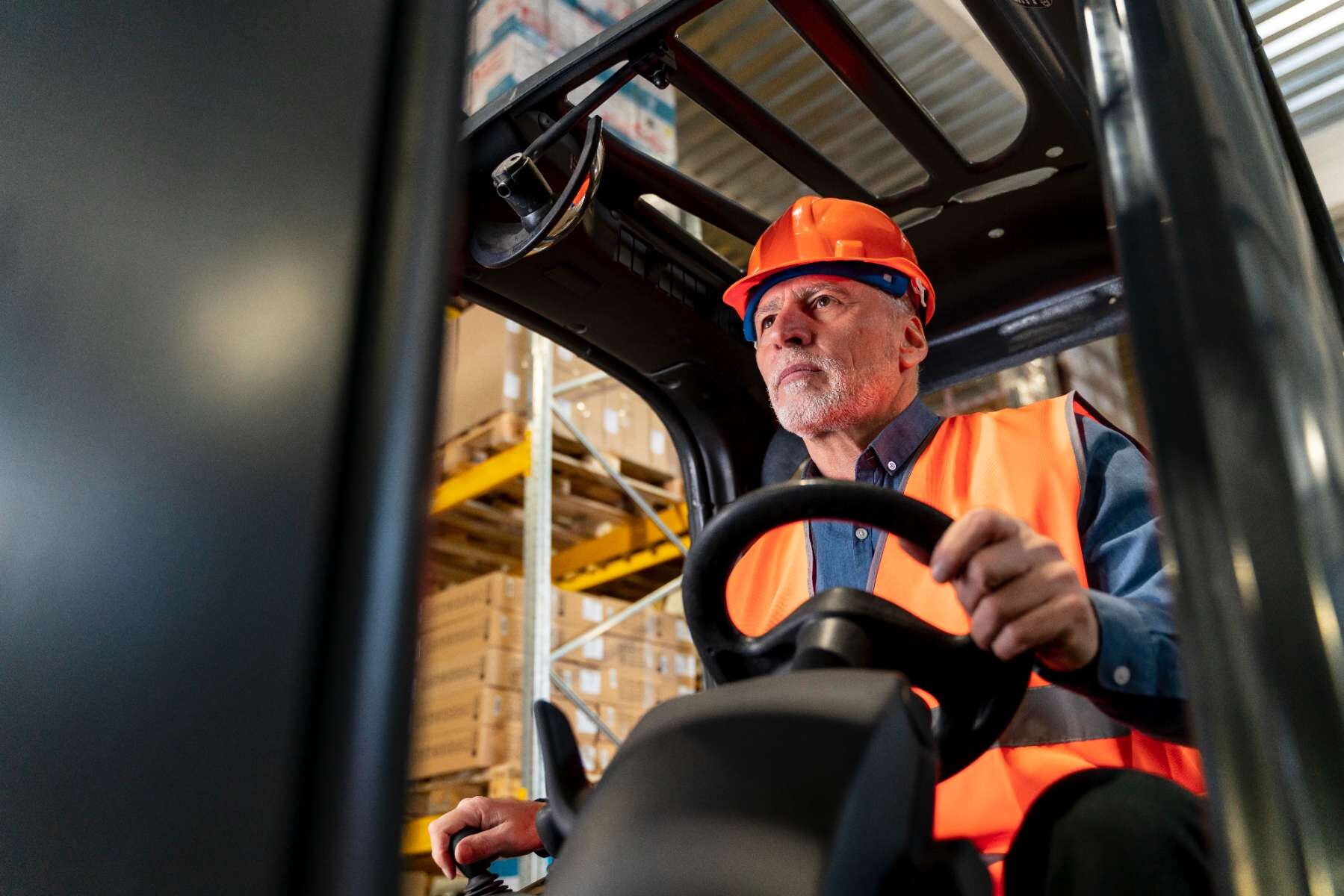What Boom Lift Size Do You Need? Factors Based on Job Site Requirements
Find the perfect boom lift for your job. This guide explains boom lift sizes and factors to consider for safe, efficient operation. Contact Man Lift today!

Factors Based on Job Site Requirements
Selecting the right boom lift size can significantly impact the success, efficiency, and safety of your construction or maintenance project. With so many variations in boom lift height, reach, and capacity, understanding the key factors that influence your selection is crucial for making the right decision.
In this guide, we’ll break down what you need to consider when choosing a boom lift, explore typical boom lift sizes, and help you match the right equipment to your specific job site needs.
Why Boom Lift Size Matters
Not all boom lifts are created equal. Whether you're working on a tight construction site, navigating obstacles, or reaching extreme heights, the size of your lift must be tailored to:
The maximum height you need to reach
Horizontal outreach required
Site space constraints
Ground conditions
Weight and personnel capacity
Power source compatibility (diesel, electric, or hybrid)
Choosing the wrong boom lift size can result in delays, increased costs, or even safety hazards.
Understanding Boom Lift Sizes: Key Measurements
Boom lift sizes are typically measured in two ways:
Platform Height – The vertical distance from the ground to the floor of the platform.
Working Height – Usually around 6 feet more than the platform height, accounting for the worker’s height.
Boom lifts can range from 30 ft. compact models to 185 ft. ultra booms. Knowing these ranges helps you align your needs with available equipment.
Factors to Consider When Choosing Boom Lift Size
1. Maximum Working Height Required
Start by identifying the highest point you need to access. Add a few feet to your measurements for a safe working margin.
2. Outreach and Up-and-Over Capabilities
Jobs that involve working around obstacles (like trees, buildings, or pipes) may require articulating boom lifts for “up and over” flexibility. In contrast, telescopic boom lifts offer greater horizontal reach.
For detailed guidance, read:
👉 Boom Lift Types Explained: Telescopic vs. Articulating
3. Ground Conditions and Terrain
Working on rough terrain? Opt for a 4WD boom lift with solid tires and outriggers. Indoors or on smooth concrete? An electric boom lift may suffice.
4. Job Duration and Lift Mobility
If your team needs to reposition the lift often or work in multiple zones, consider a smaller, more maneuverable lift that offers quick deployment.
Boom Lift Size Use Cases by Industry
Construction Sites: Mid to high-range diesel lifts (60–135 ft) for steel erection, cladding, and HVAC installs.
Utility Work: Articulating lifts (45–80 ft) with up-and-over reach near power lines or poles.
Industrial Maintenance: Compact lifts (30–45 ft) for warehouses, plants, and factories.
Event Setup or Sports Venues: Telescopic lifts for large banners, lighting, or structural installs.
When in Doubt, Go Bigger? Not Always
Some assume it’s safer to rent the largest boom lift available—but that’s not always efficient. Larger lifts:
May not fit in reduced spaces
Costs more to rent and operate
Require special transport or permits
Always match your equipment to your actual job site dimensions.
Recommended Boom Lifts at Man Lift
At Man Lift, we carry a wide range of boom lifts suitable for any project size:
A60JI Electrically Insulated Boom Lift – Perfect for electrical work near power lines.
A80JEX Articulating Boom Lift (Explosion-Proof) – Ideal for high-risk or hazardous environments.
JLG 1350SJP – A high-capacity telescopic lift for extreme reach applications.
Need help choosing the right one? Explore our boom lift catalog or contact our experts.
Choosing the right boom lift size depends on a range of job-specific factors—from height requirements and work area constraints to terrain and safety regulations. By evaluating your site’s needs carefully and understanding how boom lift sizes vary, you’ll be better equipped to select a machine that maximizes productivity and minimizes risk.
💡 Still unsure what size is best? Contact Man Lift today for expert guidance or request a custom quote.